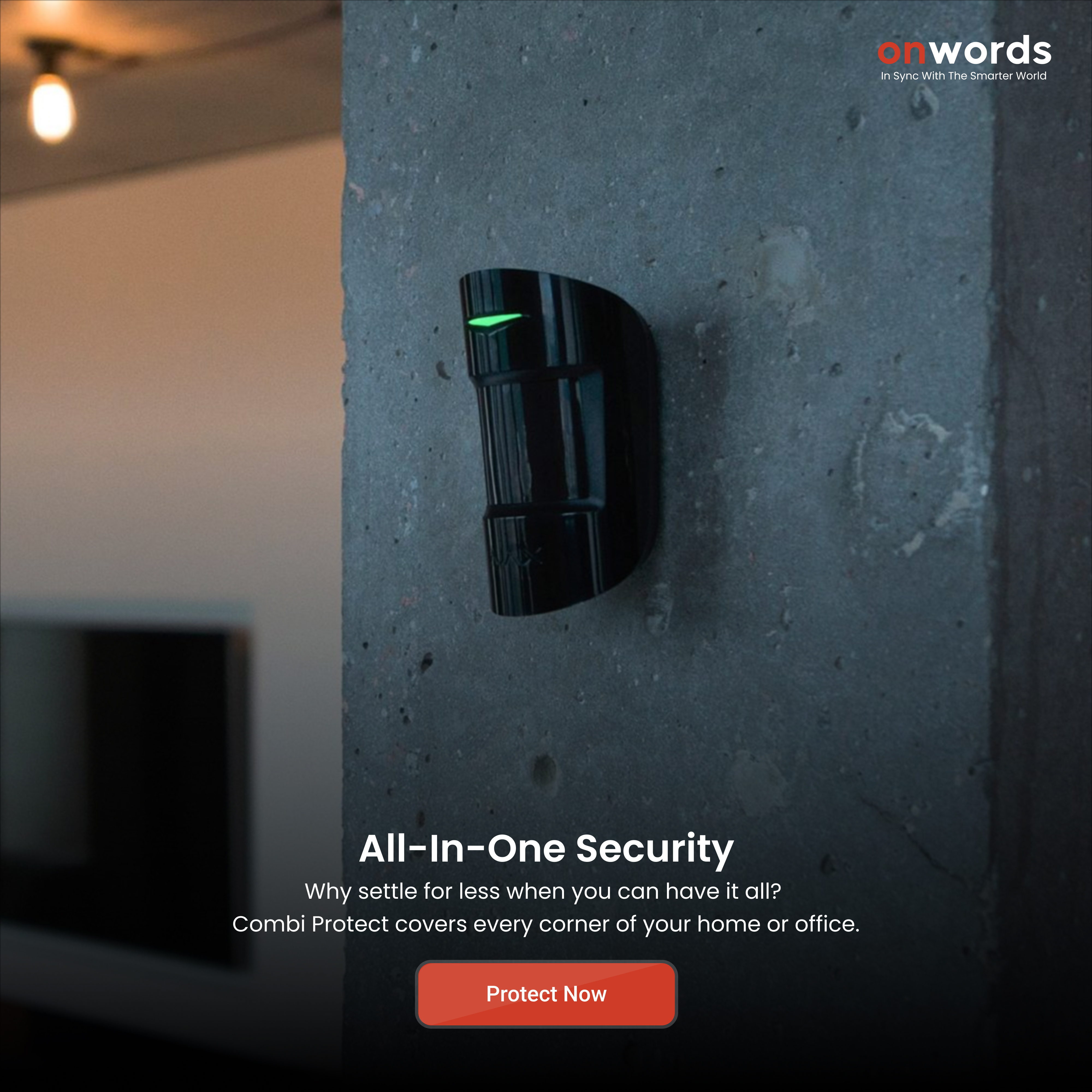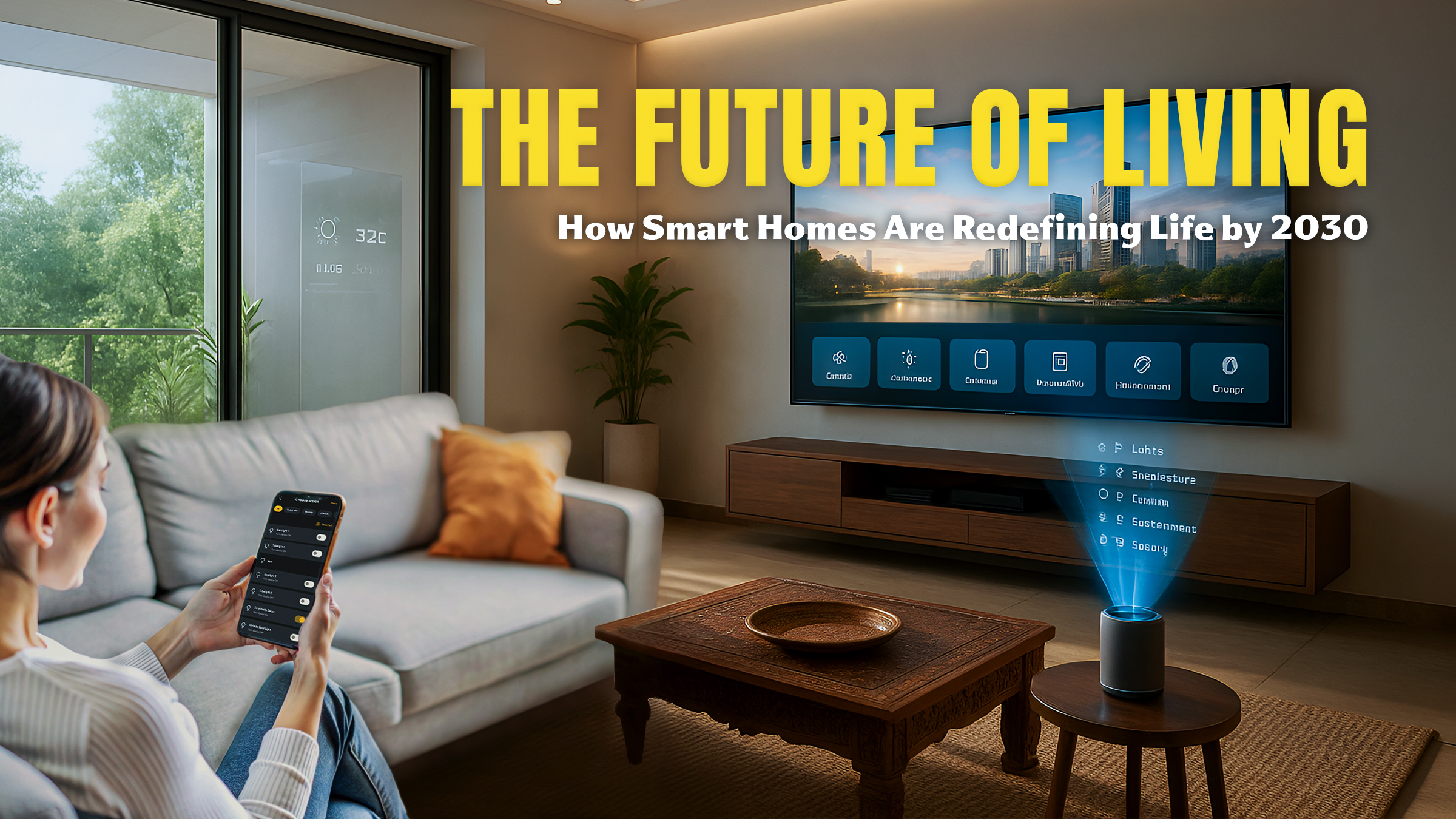As technology advances, so does the way we live, and
smart home automation is one of those breakthroughs that’s changing lives — especially for the elderly and disabled. No longer do they need to rely heavily on others for basic tasks. With the right setup, daily routines can be managed with just a voice command or the tap of a button. In this post, we’ll explore how smart home technology is enhancing accessibility and improving the quality of life for these groups.
1. The Growing Need for Accessible Smart Homes
We live in a world where over 1 billion people experience some form of disability, and the number of elderly individuals is rapidly increasing. For many, staying independent at home becomes challenging as they face mobility issues, hearing or vision loss, and other limitations. That’s where smart home automation steps in. A “smart home for elderly” and disabled individuals not only promotes independence but also offers peace of mind for caregivers and families.
Accessible home automation brings convenience, security, and health monitoring into a single system, ensuring users can safely navigate their homes without assistance.
2. Key Features of Accessible Home Automation
Smart home technology provides various tools designed to meet specific needs. Below are some essential features that make life easier for elderly and disabled individuals.
a) Voice-activated assistants
Think of virtual assistants like Amazon’s Alexa or Google Assistant. These devices can control everything from lighting to home security — no need to physically interact with switches or remotes. By simply speaking commands, elderly or disabled individuals can perform numerous tasks without moving around.
For example:
*“Alexa, turn off the lights.”
*“Hey Google, lock the front door.”
These tools are particularly beneficial for people with mobility issues, arthritis, or vision impairment.
b) Smart Lighting Systems
One common issue many elderly or disabled people face is difficulty navigating their homes in the dark, increasing the risk of falls. Some systems even have motion sensors, ensuring lights automatically switch on when someone enters a room.
This can be a lifesaver when moving around at night or entering rooms where reaching a light switch may be difficult.
c) Automated Door Locks and Video Doorbells
Smart locks and video doorbells provide a sense of security, especially for those who live alone. Video doorbells offer the ability to see who’s at the door and communicate with them without ever leaving your seat. This is useful for both safety and convenience, particularly for individuals with mobility challenges or those using a wheelchair.
d) Fall Detection and Emergency Response Systems
Fall detection is a critical feature for the elderly. Smart home systems can integrate with wearable devices that monitor movement and alert emergency contacts in case of a fall. These devices provide reassurance not only for the individual but also for their caregivers, knowing that assistance is available at a moment’s notice.
3. How Smart Home Technology Promotes Independence
One of the greatest benefits of accessible home automation is that it empowers elderly and disabled individuals to live more independently. Many elderly people prefer to “age in place” — staying in their own homes rather than moving to assisted living facilities. Smart homes make this possible by automating everyday tasks and reducing reliance on caregivers.
Greater Confidence and Control
When individuals have control over their environment — whether it’s adjusting lighting, managing security, or controlling the TV — they naturally feel more confident in their ability to live alone. This increased independence can improve mental well-being and reduce feelings of helplessness.
Enhanced Safety
Smart home for elderly and disabled individuals isn’t just about convenience — it’s also about safety. Falls, burns, and home security threats are significant concerns, but smart home devices help mitigate these risks.
Automated systems can alert loved ones in case of danger, ensuring rapid response times in emergencies.
Improved Social Connection
Another often-overlooked advantage of smart technology is its ability to keep people connected. Virtual assistants can make phone calls, send texts, or even set up video chats, helping elderly and disabled individuals stay in touch with family and friends. This can be especially beneficial for those who may be homebound due to their condition.
4. Overcoming Barriers to Accessible Home Automation
While the benefits of accessible home automation are clear, there are still some hurdles to consider. First, setting up a smart home requires an initial financial investment. However, with technology becoming more affordable, many products now offer budget-friendly options.
Additionally, the complexity of setting up these systems can be overwhelming for some users. This is where family members or professional services can come into play. Many companies offer installation services, ensuring the setup is user-friendly and tailored to the specific needs of elderly or disabled individuals.
5. Future of Smart Homes: What’s Next?
Smart home technology is evolving rapidly. We can expect even more advanced solutions in the near future, such as AI-driven systems that predict user needs or more intuitive fall detection that could prevent accidents before they occur. Voice recognition will also become more accurate and capable of understanding a broader range of commands.
Eventually, smart homes will become the standard for elderly care, transforming how we think about aging and living with disabilities. With these advancements, accessible home automation will not only improve quality of life but may also help extend independence for years to come.
Accessible
home automation is no longer a luxury; it’s becoming a necessity for elderly and disabled individuals who want to live independently and safely. By integrating smart technologies like voice assistants, automated lighting, and fall detection systems, homes can become not just more comfortable but more secure.
So, if you’re looking to enhance the quality of life for a loved one or yourself, a smart home for elderly and disabled individuals is worth considering. The peace of mind and increased independence are well worth the investment.
FAQs
Can smart home systems be installed in any home
Yes, smart home devices can be integrated into most homes, though older homes may require additional installation work or Wi-Fi upgrades.
Are there specific smart devices designed for disabled individuals?
While most smart devices are designed for general use, many are accessible and particularly helpful for disabled individuals, like voice-activated assistants,
smart locks, and automated lighting.
How do I choose the right smart home products for my needs?
Start by assessing the specific challenges or needs of the individual. For mobility issues, focus on voice-controlled devices. For safety, prioritize fall detection systems and smart locks.





